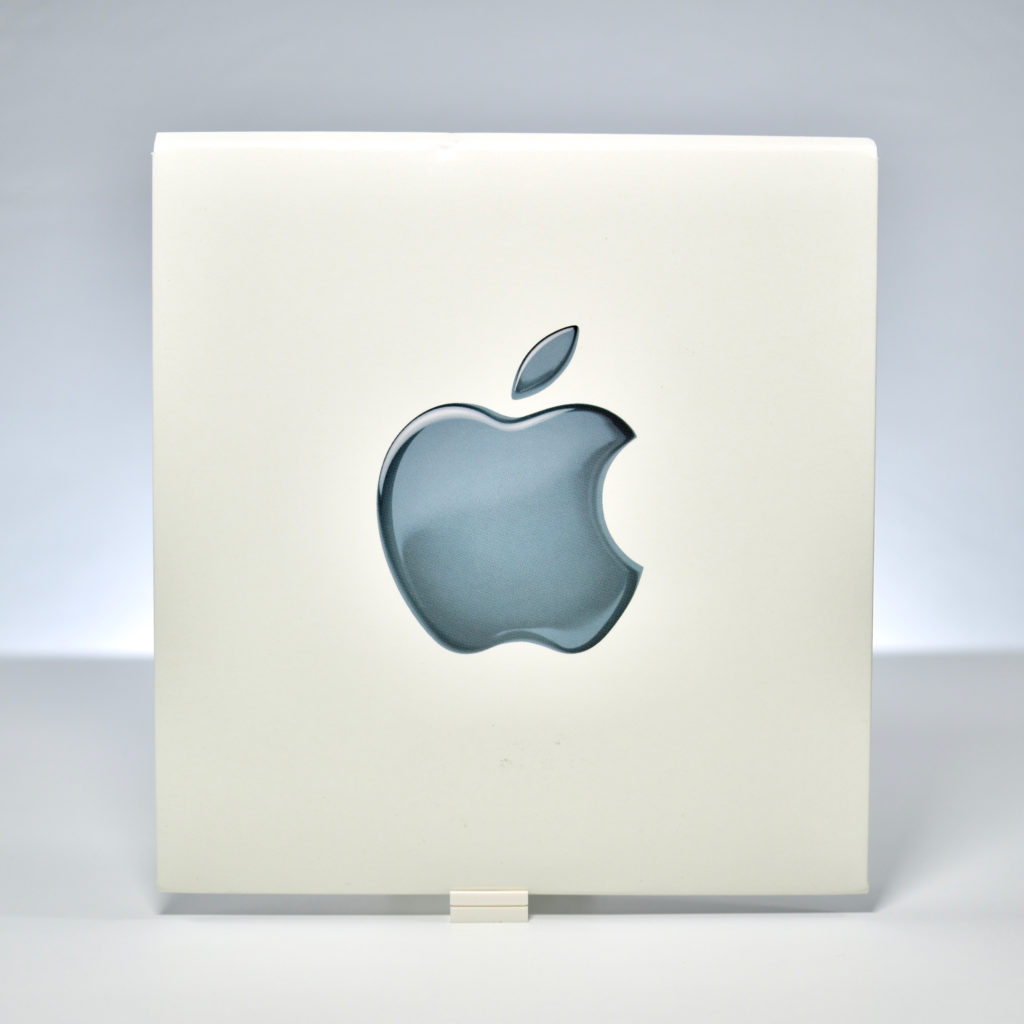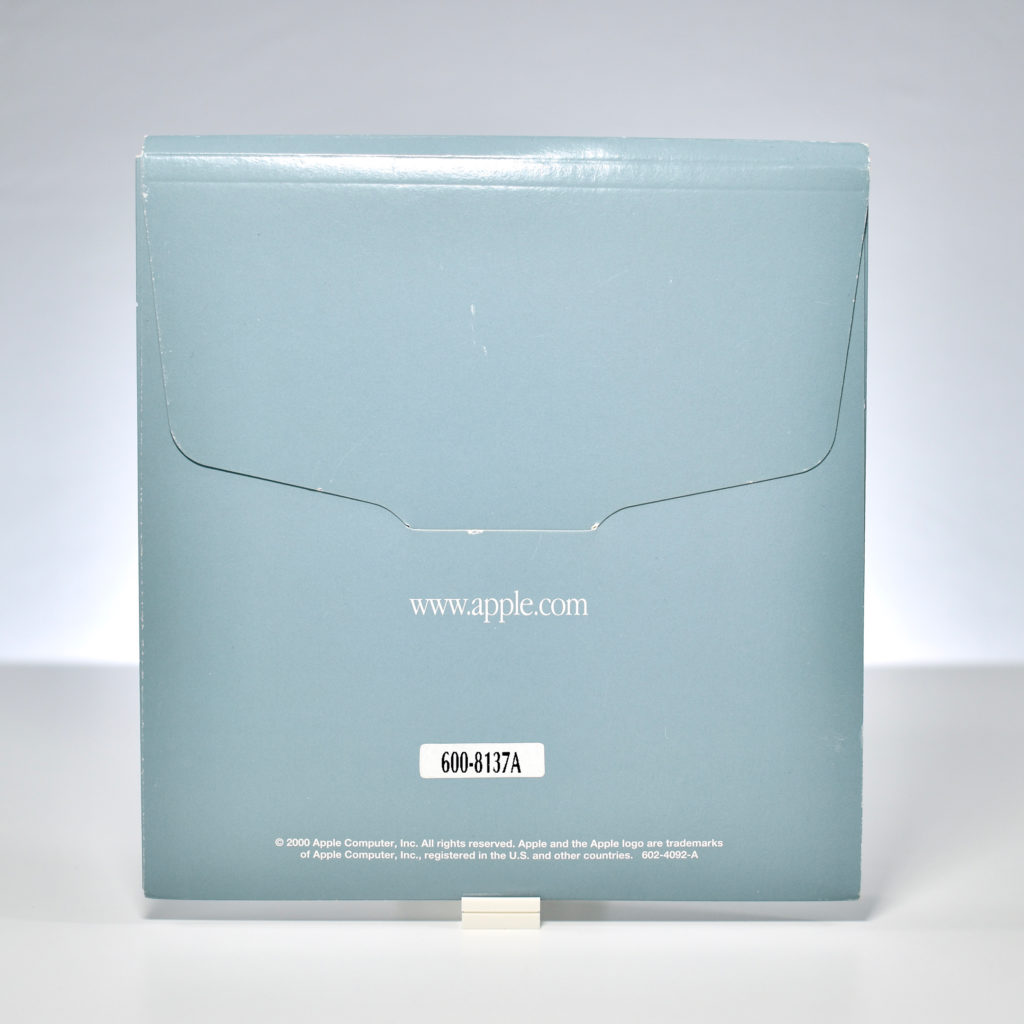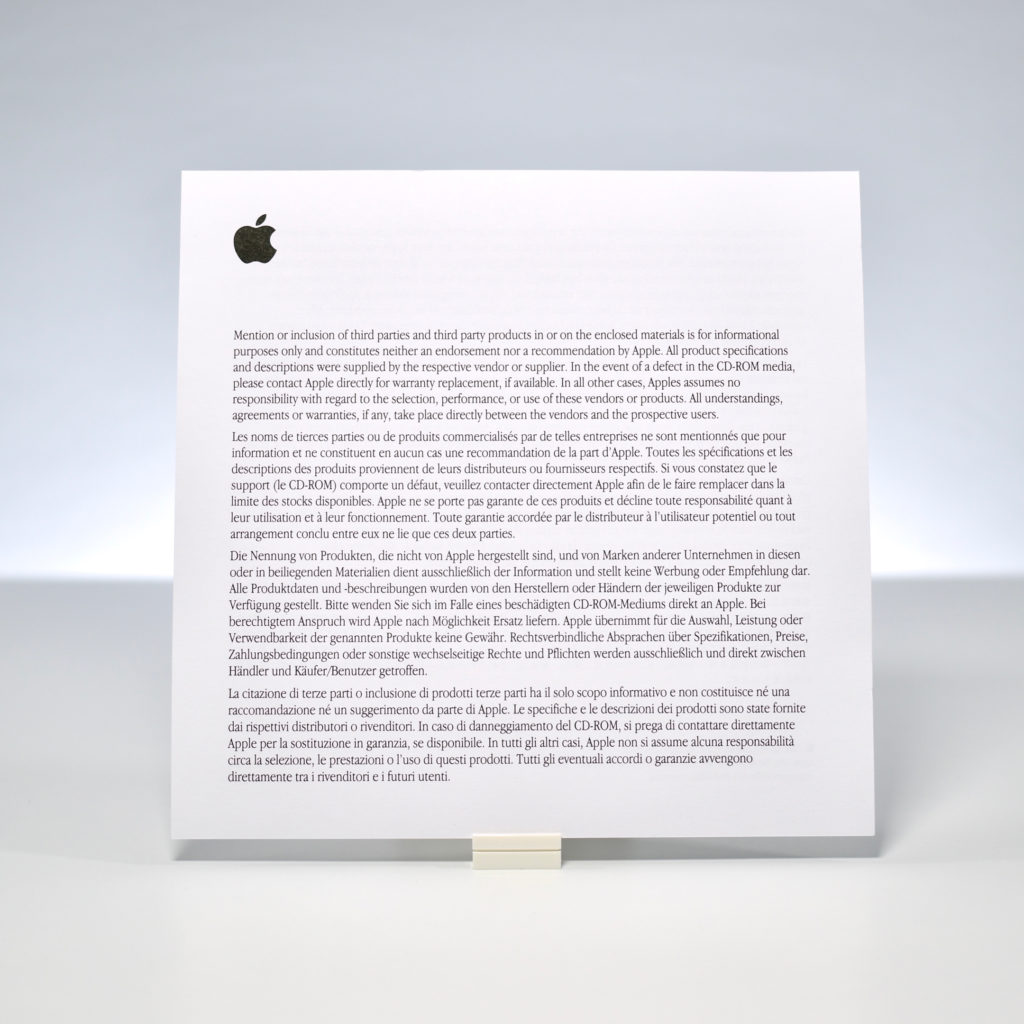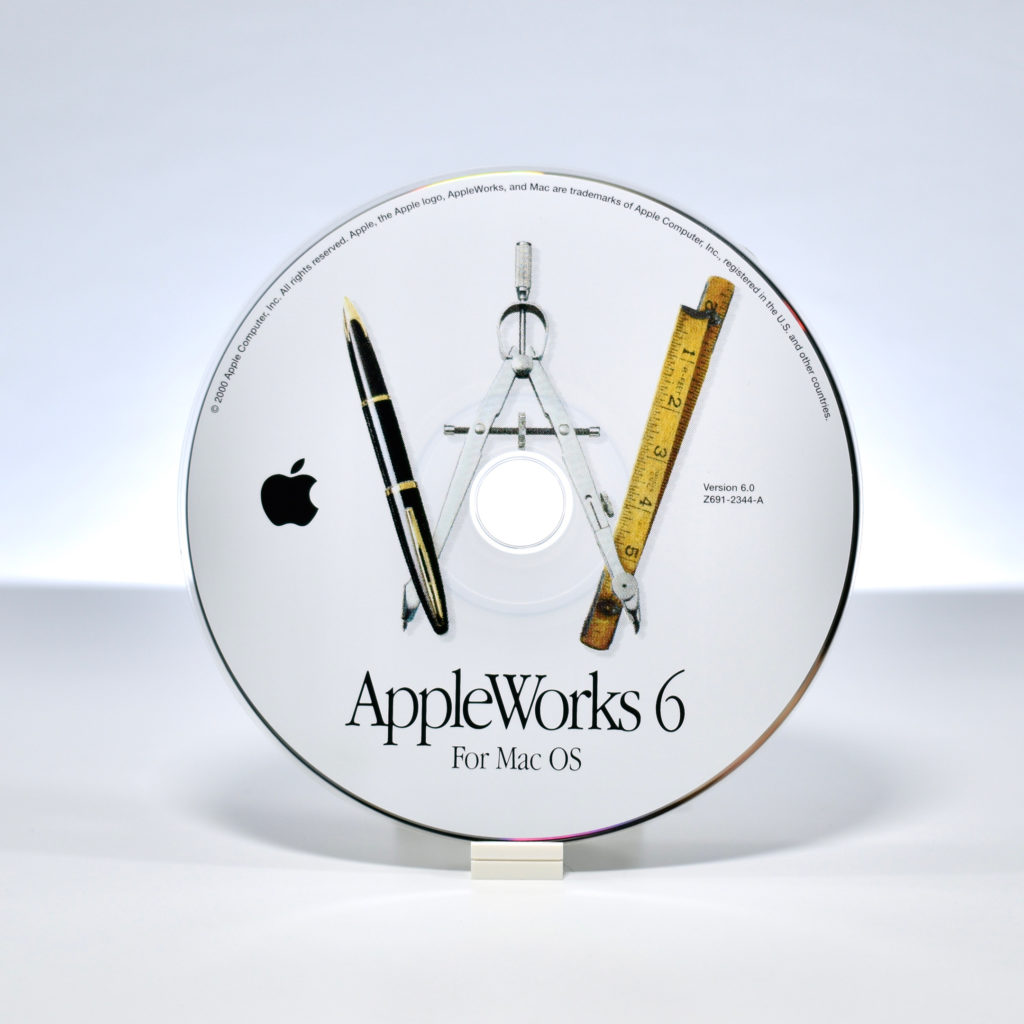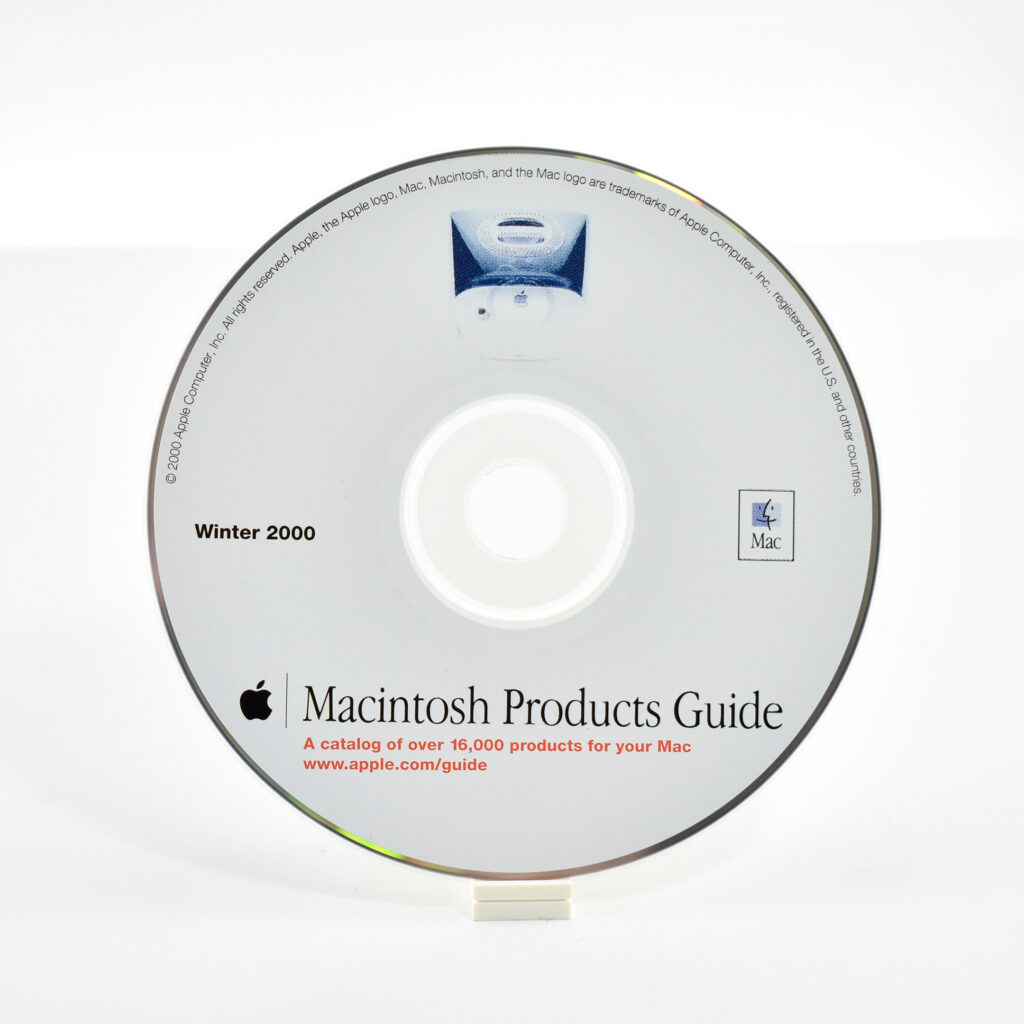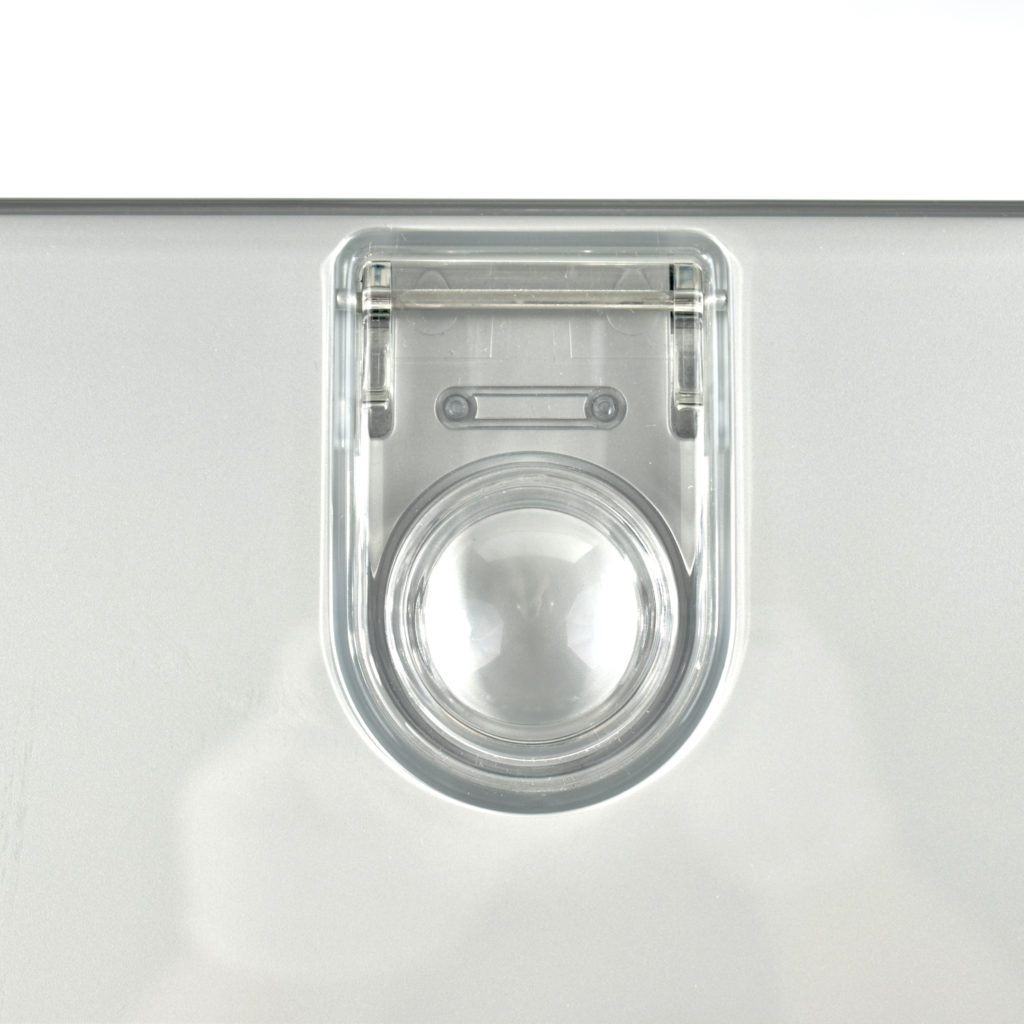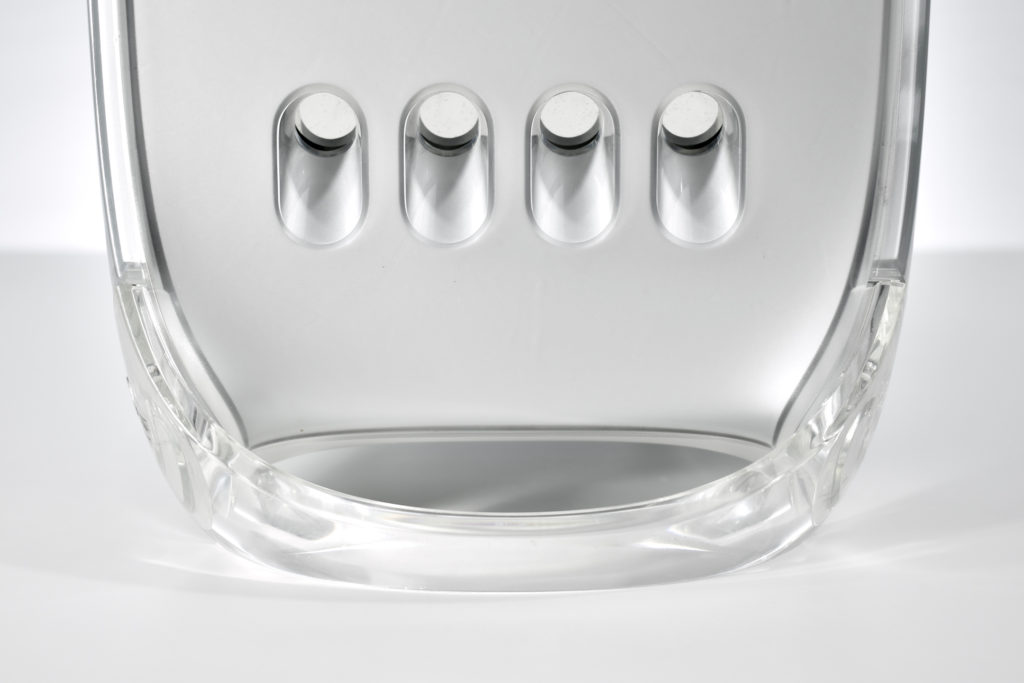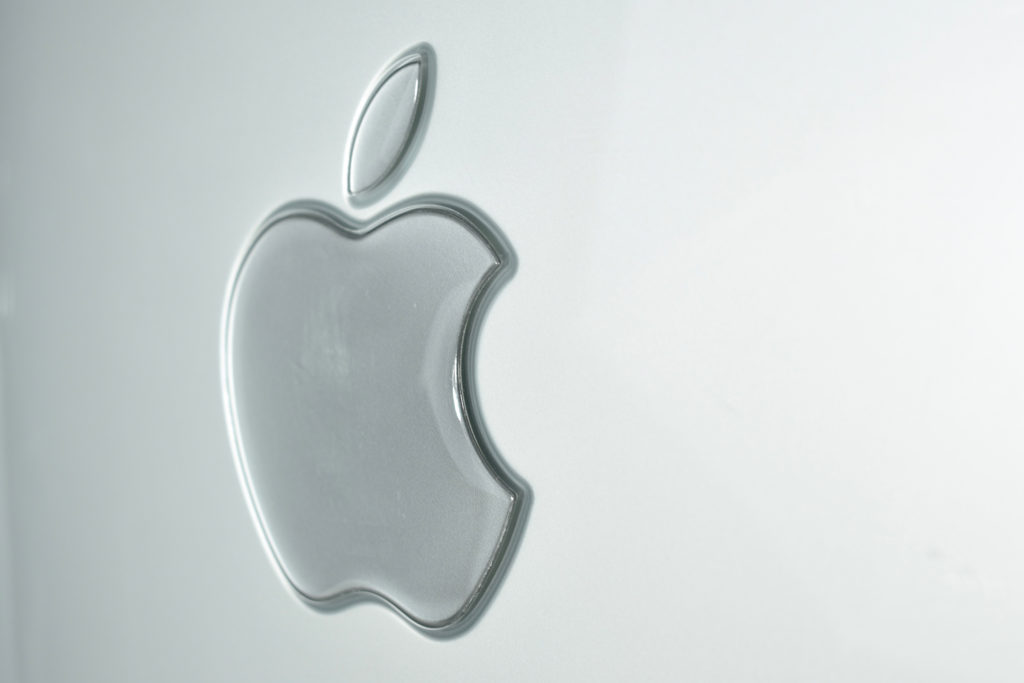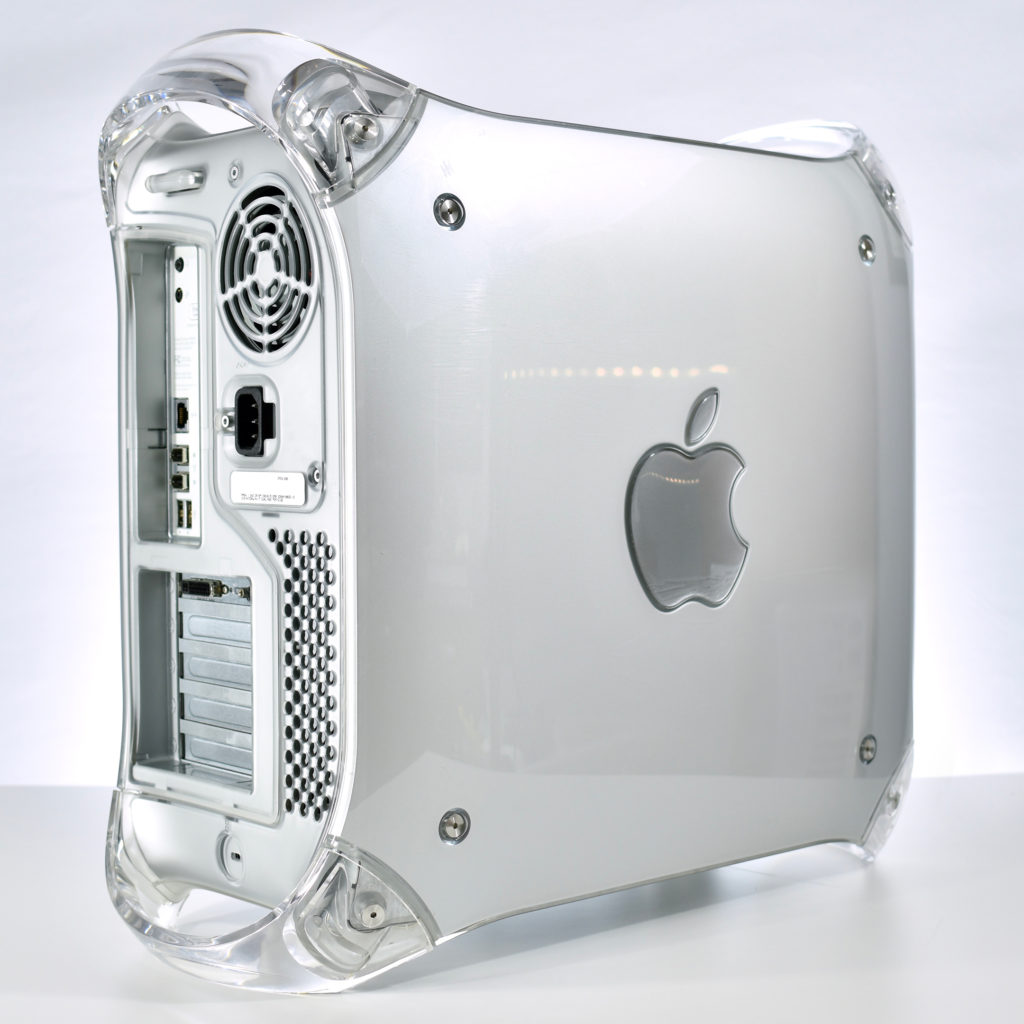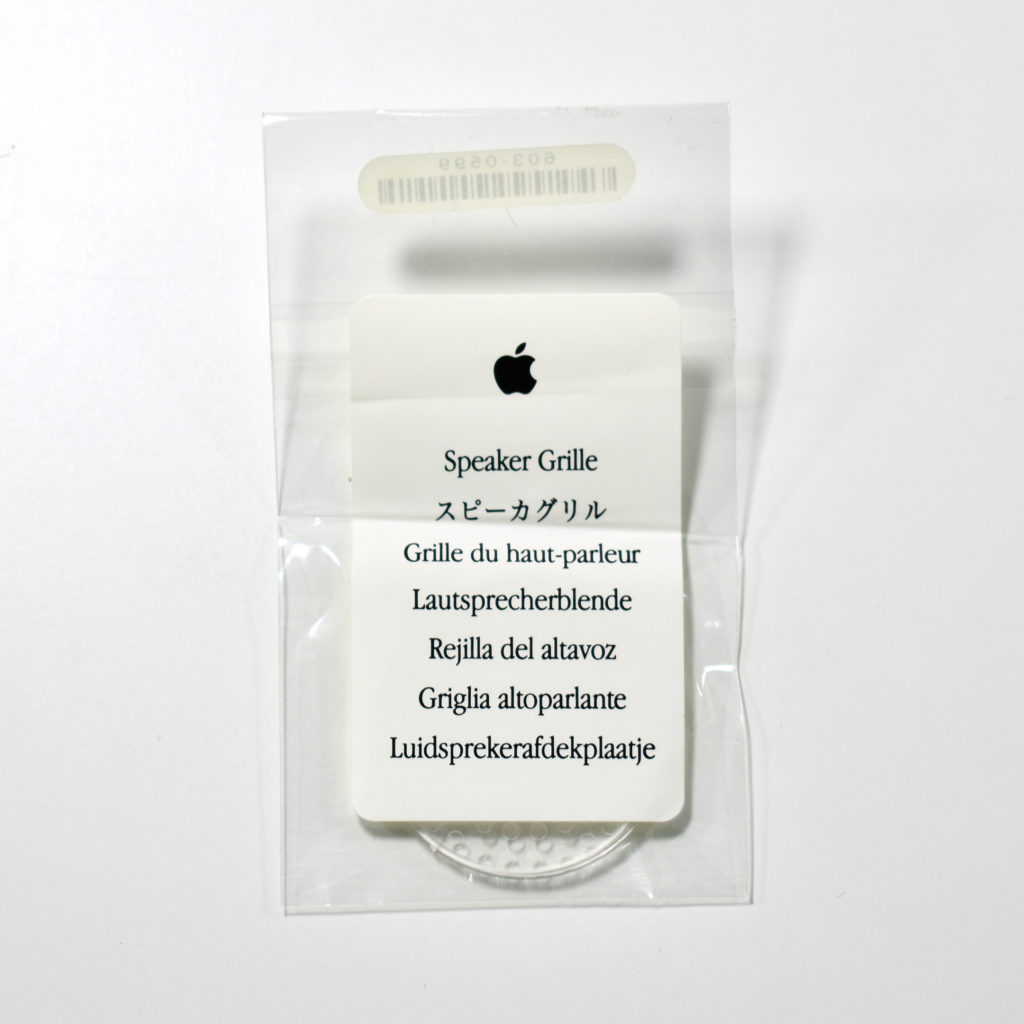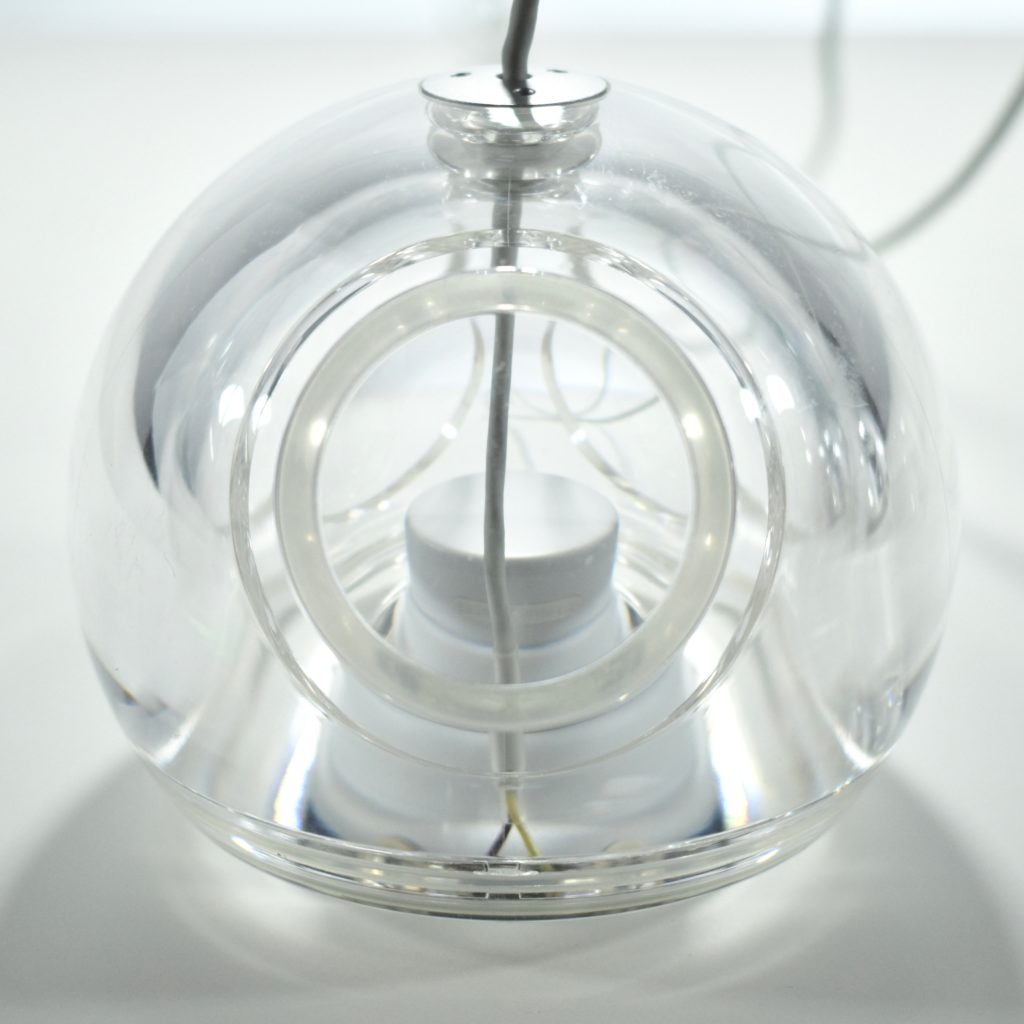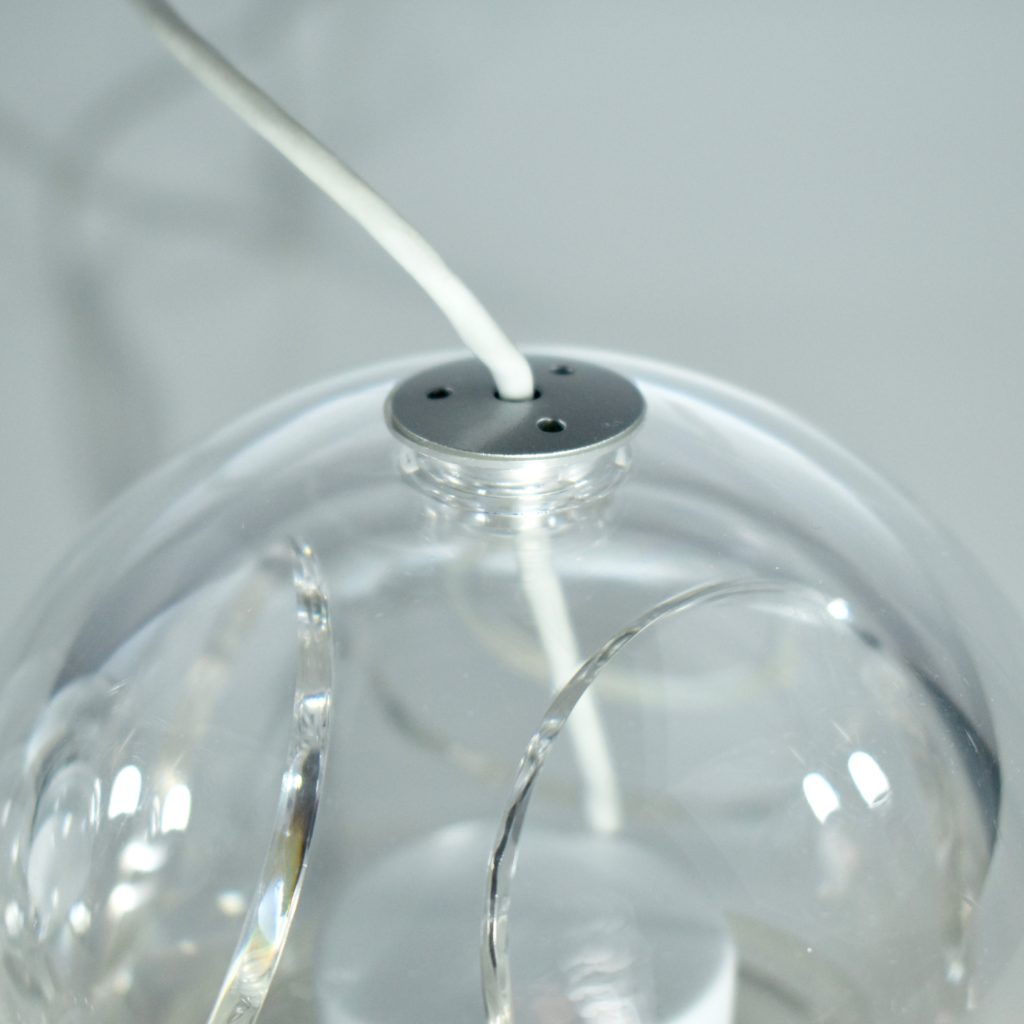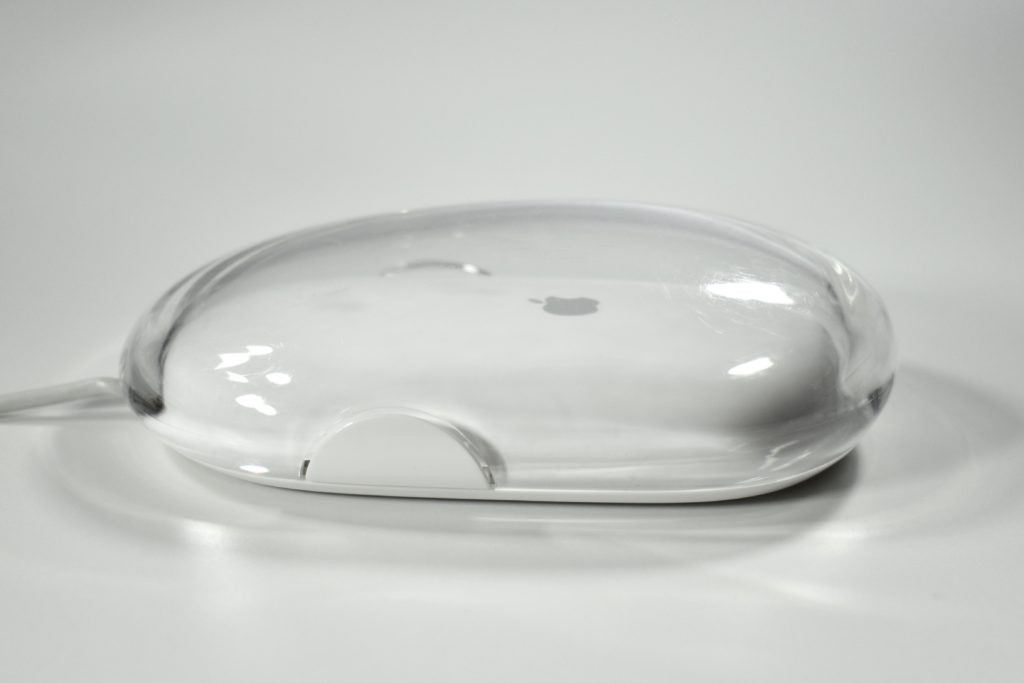My collection of Apple CD and DVD media includes operating systems, applications, software collections that shipped with devices, promotional media, diagnostic tools, and educational content. In general, Apple-branded CD or DVD examples in original packaging have been presented separately, while single discs or collections of discs are presented chronologically.
Apple CDs and DVDs from 2003 include:
- iBook Mac OS X Install Disc 1 (Mac OS version 10.2.3, CD version 1.0, 2Z691-4282-A, 2003)
- AppleWorks 6 Education Version (Mac OS X, Mac OS 8.1 or later, Windows 95/98/Me/2000/XP, Version 6.2.7, 691-4415-A, 2003)
- .Mac (Version 2.0, 0Z691-4421-A, 2003)
- iTunes 4 Installer CD with QuickTime 6.2 (Built for Mac OS X v10.1.5 or later, 2003)
- iTunes 3, iPhoto 2, iMovie 3, iDVD 3 Install DVD For systems with a SuperDrive (Version 1.0, 2Z691-4302-A, 2003)
- iTunes 3, iPhoto 2, iMovie 3 Install CD For systems without a SuperDrive (Version 1.0, 2Z691-4301-A, 2003)
- Keynote (Version 1.0, 691-4149-A, 2003)
- Wireless Keyboard and Mouse Software (Built for Mac OS X v10.2.6 or later, Version 1.1, 2Z691-4661-A, 2003)
- iMac Software Install and Restore (Mac OS version 10.2.3, DVD version 1.1, 691-4319-A, 2003)
- AirPort Software Installation (unopened, CD Version 3.0.4, 691-4420-A)
- Power Mac G4 Software Install and Restore (Mac OS version 10.2.3, DVD version 1.1, 691-4309-A, 2003)
- Software Bundle (Power Mac G4, 603-2795, 2003)
- Software Bundle (PowerBook G4 Media, 603-2714-A, 2003)
- Mac OS X Xcode Tools Install Disc (Requires Mac OS X v10.3 or later, Version 1.0, 691-4591-A, 2003)
Previous software bundles were packaged in cardboard envelopes. In 2003 Apple changed to packaging software bundles in clear plastic packaging, shown here.






















